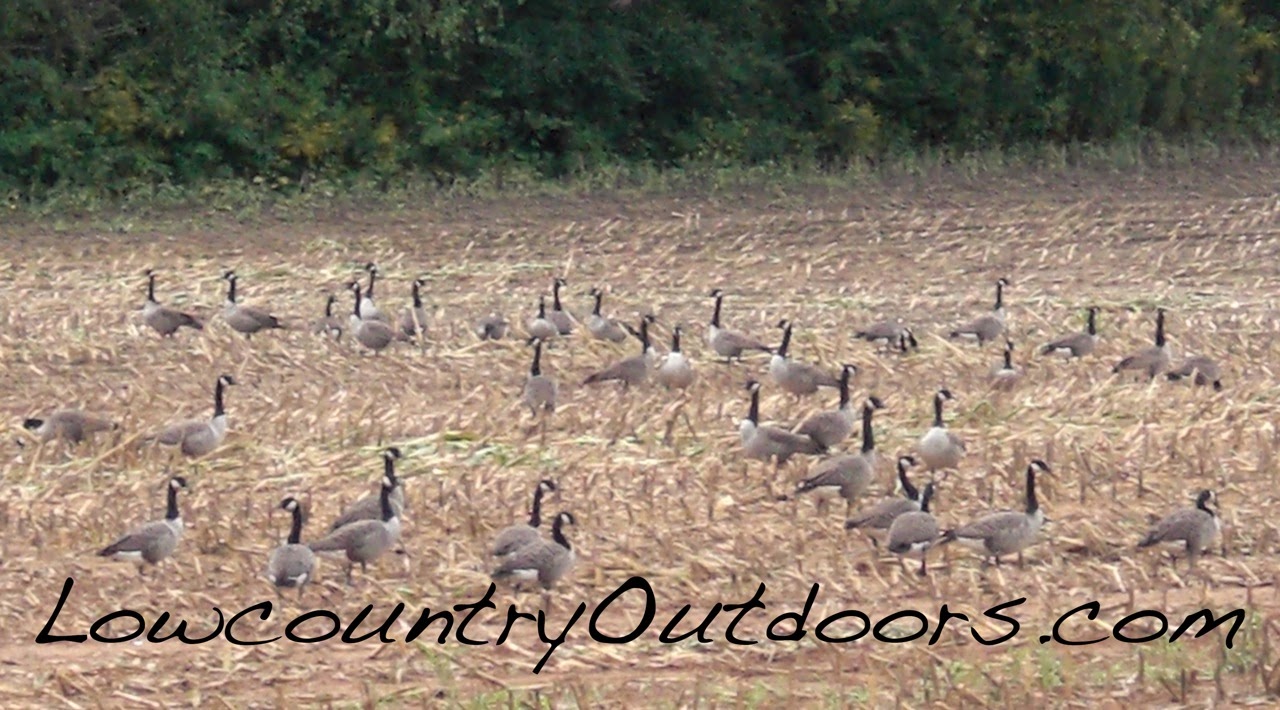


Many have lost their fear of humans and they can be aggressive when breeding. Their numbers had plummeted due to overhunting and habitat destruction around the start of the 20th century, leading conservation authorities to reintroduce them from areas where they still occurred in good numbers.Ĭanada Geese have adapted so well to human-altered landscapes like parks, fields, and pretty much anywhere with lawns and nearby water that they have become a nuisance in many areas. Why did Canada Geese stop migrating?Ĭanada Geese weren’t always as common as they are today. Some populations have become sedentary, however. They do this to exploit rich feeding and breeding grounds in the north during summer, and milder weather conditions in the south during winter. Migratory populations of these birds move north and southwards on a seasonal basis. You will also learn why many of these birds have decided to share our spaces throughout the year.Ĭanada Geese are partial migrants. This article covers the migration of the Canada Goose. They are capable of flying over 1000 miles (1600km) in a single day and can reach speeds of up to 70 miles an hour (113km/h) in favorable winds. They migrate both during the day and at night, although they often take off around dusk. The introduced population in the UK is also sedentary, staying in the country for all four seasons.Ĭanada Geese fly in family groups and flocks that vary in size. Today you can spot Canada Geese in any state in the lower 48 at any time of the year. Canada Geese were probably exclusively migratory in the past, but in modern times their habits have changed somewhat. Migratory populations of Canada Geese still fly between their traditional breeding grounds in Canada and Alaska and their overwintering grounds in the United States and Mexico. These birds have changed their habits to adapt to our ever-changing world, however, so what are their migration patterns like today? Flocks and family groups of Canada Geese flying in their classic V-formation have long symbolized the coming warm days of summer and then the chill of winter. They were also introduced to the United Kingdom in the 17th century, and today they are a common species there.

The results enable us to assess the status of geese and swans wintering in the UK and inform conservation action both in the UK and internationally.The Canada Goose ( Branta canadensis) is a very familiar waterbird that can be seen in every state in the continental United States. For many of these goose and swan populations, majority of the entire world population relies on UK, and for several species Scottish, wetlands during the non-breeding season. GSMP focuses on our internationally important wintering goose and swan populations, all of which are Red or Amber-listed species in the latest Birds of Conservation Concern assessment. This new partnership secures the future of this vital programme and offers the opportunity to strengthen existing links with WeBS, which has been organised by BTO for many years, ensuring that all information on wintering waterbirds will be easily accessible in one place. On 30 August, the Joint Nature Conservation Committee (JNCC) and NatureScot formed a partnership with the British Trust for Ornithology (BTO) to take forward this important survey scheme that monitors selected goose and migratory swan populations during the non-breeding season. Our flock’s geese included the following breeds. The Goose and Swan Monitoring Programme is changing. large numbers of pink-footed geese at Montrose Basin, Loch of Strathbeg and Loch Leven National Nature Reserve.Greenland barnacle geese and Greenland white-fronted geese on Islay in the Inner Hebrides.Svalbard barnacle geese at Caerlaverock Wetland Centre.But, in some areas, growing goose numbers have led to an increase in agricultural damage. Impressive flocks of geese are one of Scotland’s most famous wildlife spectacles.


 0 kommentar(er)
0 kommentar(er)
